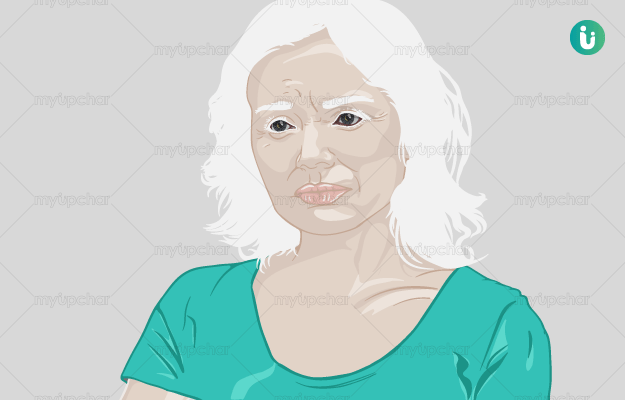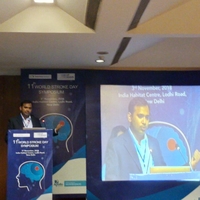Albinism refers to a collection of genetic disorders in which a person has partial or complete loss of pigmentation (or colour) in the skin, eyes and hair. This is caused by genetic mutations that affect the production of a pigment called melanin.
(Read about melanin deficiency.)
There are several types of albinism depending on the type of mutation and how it is inherited. Broadly speaking, oculocutaneous albinism (OCA) affects the skin, eyes and hair and is more common. Ocular albinism (OA) is much less common, affects only the eyes and is seen almost exclusively in males.
Most commonly, albinism acts like an autosomal recessive disease. This means that both parents need to carry a copy of the mutation for the child to develop albinism. If both parents are carriers, there is a 25% chance the child will develop the condition and a 50% chance of being a carrier.
Depending on the type of albinism, the skin is extremely pale, and the hair white or light blonde. The lack of pigmentation in the eyes also means that the iris (the coloured part) is usually pale blue or brown. The pupils might appear red in some light conditions as the light entering is not absorbed by the iris and is reflected back from the retina, or the back of the eye.
Albinism will often lead to eye problems. Melanin plays a role in the development of the retina and the optic nerves, so its absence can lead to several disorders. The photoreceptors in the retina also get overstimulated since less light is absorbed by the iris, leading to further problems.
Those with albinism are also more likely to develop various skin cancers and are also more likely to have accelerated skin aging.
Albinism is a debilitating condition that can get worse with time if there are no interventions. Currently, there is no treatment to address the root of the condition, but genetic therapies are in the works. Treatment currently is aimed at managing symptoms and involves prescribing glasses or contacts for vision impairments, the use of low-vision aids and eye surgery if required. Since those with albinism get sunburn easily, they are advised to take better care of themselves in the outdoors by using adequate sunscreen protection, wearing protective clothing and seeking shade when possible.
(Read more about blurred vision.)
Albinism does not in itself reduce lifespan and those with the disease can usually live normal lives. However, there is a higher likelihood of social isolation, depression and bullying. There has been a rise in awareness through NGOs and associations that address the social dimension of the disease and help those affected feel less alone.

 Doctors for Albinism
Doctors for Albinism 


































